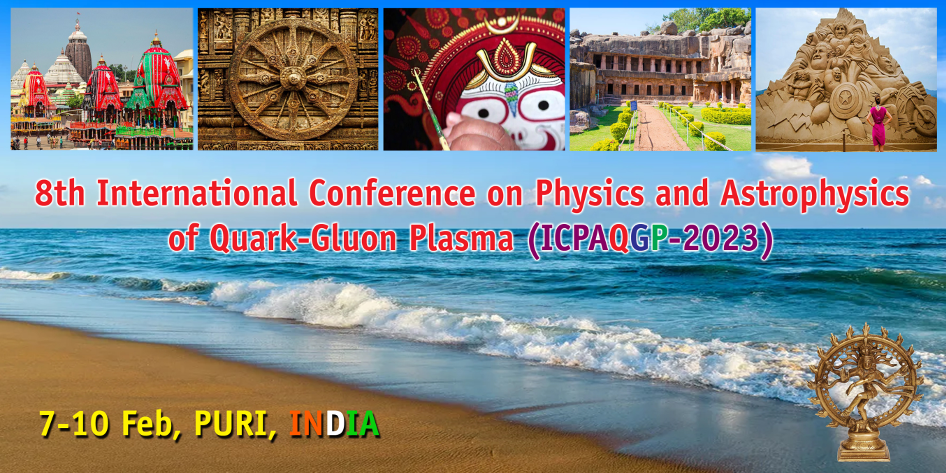Speaker
Description
We show that the transverse mass and rapidity spectra of protons and pions produced in Au-Au collisions at sNN=2.4 GeV can be well reproduced in a thermodynamic model assuming a single-freeze-out scenario of particles from a spheroidally symmetric hypersurface. This scenario corresponds to a physical picture used by Siemens and Rasmussen in the original formulation of the blast-wave model used commonly at RHIC and LHC energies. Our framework extends this approach by incorporating a Hubble-like expansion, flow asymmetry with respect to the beam direction, and resonance decays. With the model parameters determined by the hadronic abundances and spectra, we make further predictions of the pion HBT correlation radii that turn out to be in qualitative agreement with the measured ones. Altogether, our results bring evidence for substantial thermalization of the matter produced in heavy-ion collisions in the few-GeV energy regime and its spheroidal expansion.

